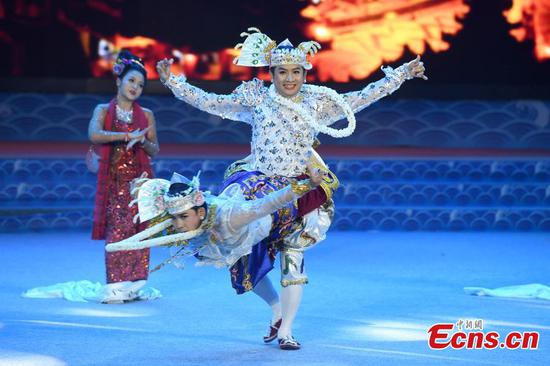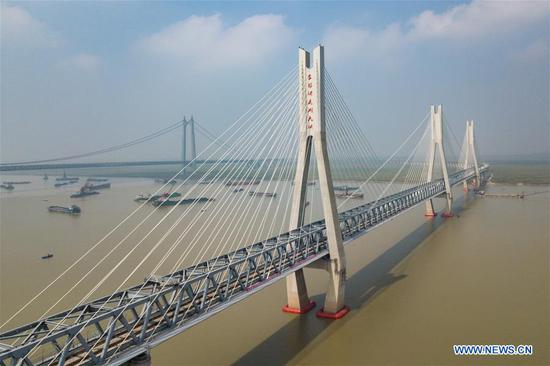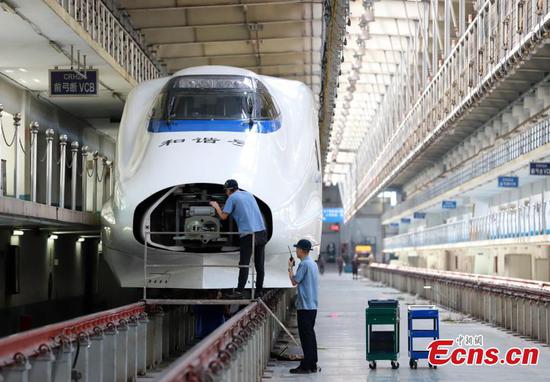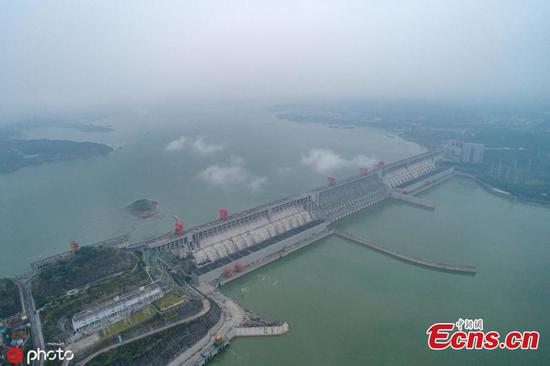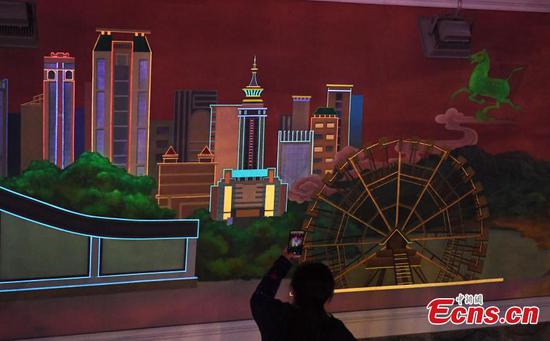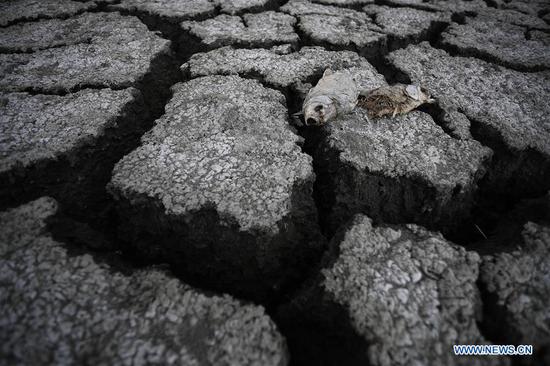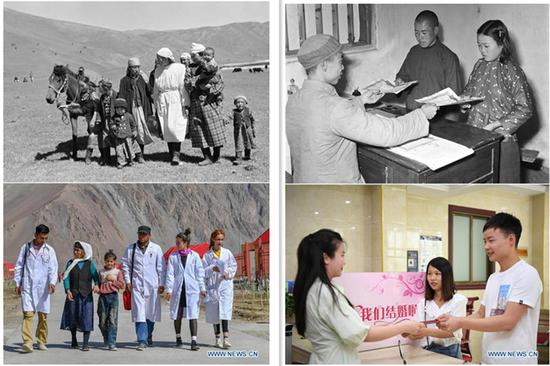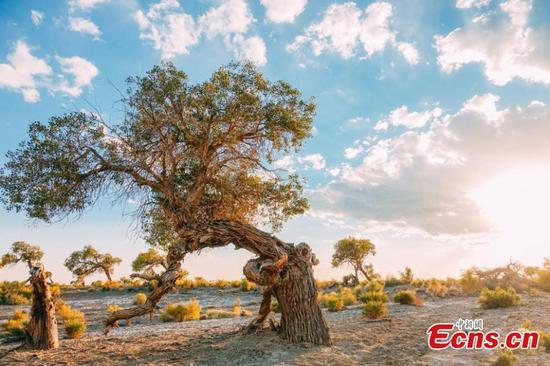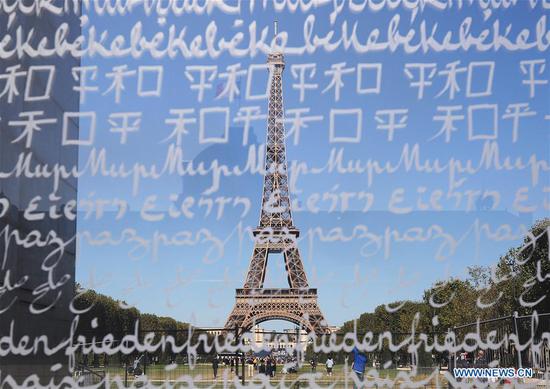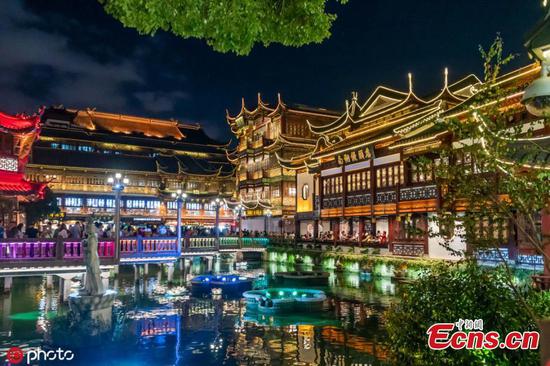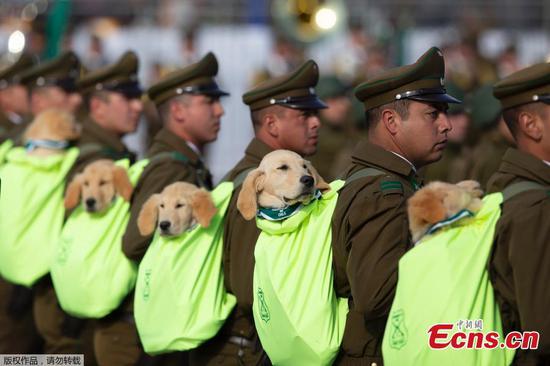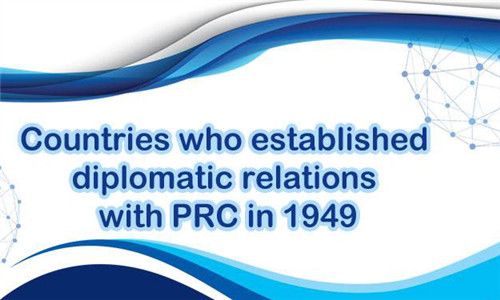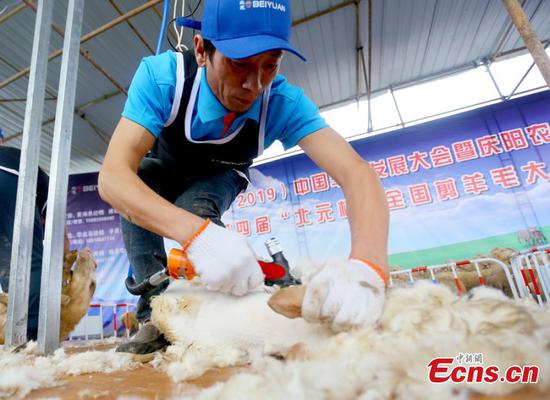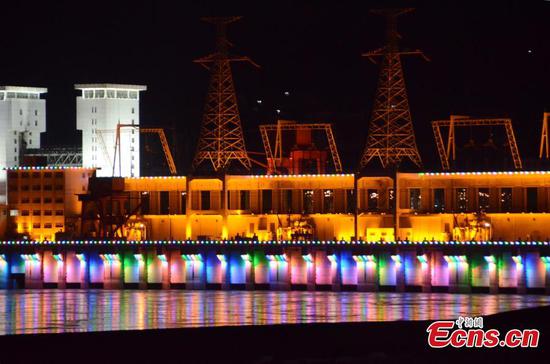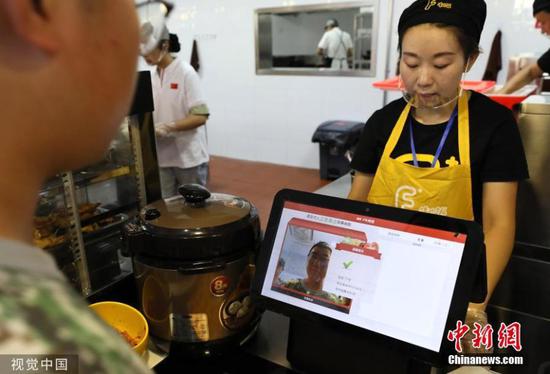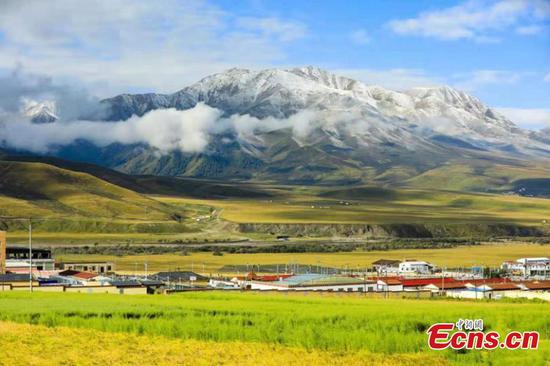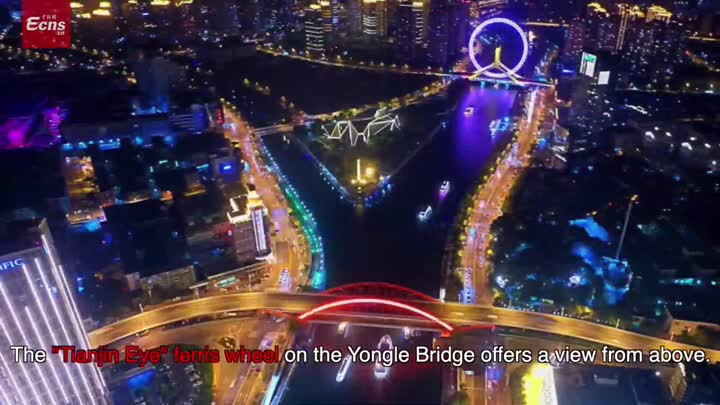Enterprise Reforms and Innovative Incentives
That little experiment in Anhui Province, allowing one small group the right to grow their own rice and cabbage and keep profits after meeting state quotas, deeply changed China. A decade and a half later, what seemed like the far-flung dream of an old revolutionary became a reality that would shake the economic order of our planet.
It was winter 1992 when Wan Li, then Chairman of the National People's Congress, received me in the corridors of the Great Hall of the People. I was a young lawyer then, shuttling between Beijing and Hong Kong, helping Chinese enterprises restructure to become corporations and set up global subsidiaries through Hong Kong. As Wan Li sat in an overstuffed red velvet sofa in the center of a vast room, he had one question to ask me as a foreign lawyer – how to turn China's monolithic state-owned enterprises into multinational corporations. His vision was already reaching beyond the rice paddies of Anhui.
By 1997 I was in Anhui province, where Wan Li's experiments in economic incentives began. As a China trade lawyer, every foreign investment involved restructuring a state-owned enterprise. By retooling one enterprise after another, I inadvertently became the "doctor" of state-owned enterprise reform, and in 1997 was appointed to lead a task force blueprinting a nationwide reform program. The experiment was to begin in Anhui, of all places.
On the ground with a team of Chinese economists and officials, we inspected megalithic enterprises in four sectors: iron and steel, cement, chemicals and fertilizer. These were Jurassic enterprises. Leaving the production facility we drove past blocks of schools, kindergartens, cafeterias, medical clinics, recreation centers and retirement gathering areas. A worker could be born, go to school, get married, work, live and die within the confines of this enterprise without ever having to set foot outside. The enterprise was a city in itself.
The state-owned enterprises were responsible for housing, healthcare, retirement and all aspects of living, social and material benefits for the workers and cadres at the factory. That was China's first priority after nearly a century of internal chaos, civil war, foreign invasion and semi-colonization. The state-owned enterprise model actually solved the core set of problems Mao and his revolutionaries inherited when they took power. But in the competitive globalized world of the 1990s, China's enterprises had to get rid of their social burdens. This required commercializing everything, and all of this needed regulation. At the time, there was none. Ultimately the costs would be passed on to the capital markets — although they hardly existed either.
For example, removing the burden of housing required banking reforms to provide loans so people could borrow money to buy their own homes and developers could borrow cash to actually build them. The need for legal collateral called for land and ownership rights, which also did not exist under socialism. In fact, the very concept of private ownership did not exist at all! Ultimately, this called for constitutional reform.
So in 1998 China embarked on a major restructuring of state-owned enterprises together with its entire social structure. The commercialization of medical care and introduction of pension funds meant re-organizing the insurance industry, which in turn called for financial reforms. This thing was so complex it could only be handled by adjusting each link in the chain in a sequential order. China's leadership and policymakers had to innovate banking, real estate, financing, insurance and pension systems within a short period of time to meet social needs.
Fast forwarding to two decades through the millennium to 2018, China had transformed into an industrial powerhouse, exporting to the world. The once inefficient state owned enterprises were now multi-national corporations, entering markets unforeseen and unimaginable years before. The non-state sector had already overtaken the state sector in terms of GDP contribution as a result of the reforms that had occurred in 1998.
By this point new challenges had taken precedence. A heavy industrial base had created pollution and threats to water, food and health security. Responding with new innovative approaches, China has adopted the "Ecological Civilization" as China's new policy for reducing fossil fuel dependency, restoring the environment and respecting natural boundaries and culture. It envisions environmental protection as the next driver for technology, innovation and a plethora of new industries for renewable energy grids, transport and household appliances. Today China leads the world as the largest issuer of green bonds, debt instruments that must apply finance to renewable infrastructure development. It is leading the global fight against climate change.
Environmental solutions require technology, as data is critical for green energy to work. China has placed unprecedented emphasis on technology development and local innovation. The entire Greater Bay Area in China's southern coast is focused on technology development and finance for innovative startups and green energy solutions. China's remarkable transformation over these decades has come from facing challenges head-on, using innovative approaches, experimenting with what might be considered the impossible and then making it national policy. When a new challenge arises, it calls for innovative approaches and these are quickly adopted to respond rather than react to change.
The solution for any country or people does not need to come from outside. The solution is within the culture, economy and psychology of each people and nation. From these sets of shared solutions that are pragmatic, ecologically scientific and sensitive to local cultures and conditions, we see emergence of the concept of a "community of common destiny for all mankind." It represents our new universal values. Only this way can there be true diversity and in turn resilience. Isn't that what true innovation is all about?
The author is the founding director of the Himalayan Consensus and a senior international fellow at the Center for China and Globalization.









